A great video consists of good video quality.
But great audio clarity which generally gets overlooked.
Bad audio can ruin a film, YouTube video, even a phone call. Even if a scene looks good, having bad audio can really destroy it. We never really realize how our ears are so sensitive. So whatever it is you’re shooting, make sure you grab one of best microphones for YouTube!
Source: SolidRop
However don’t let this notion sway you from creating your content. We’re here to talk about how you can do it in a proper way and avoid the embarrassment of voice static and similar problems.
Why In-Camera Microphones Generally Suck
If the concept of an in-camera mic being good ever crossed your mind, get that idea out of your head. These microphones are practically invented to provide the most basic of audio recording.
I can’t personally speak about all of the models of on-board mics since I’ve never had an opportunity to try them all out myself. However, a clear conclusion comes to mind once you’ve tried a couple of models, and they all possess:
- Constant interruptions in voice/sound. You either won’t hear yourself, or the listener won’t be able to hear you.
This kind of error is a commonplace among onboard microphones. They’re simply built with less care when compared to a high-quality mic. So don’t be surprised if you get a lot of interruptions in the signal.
- Terrible voice static – I don’t recall being in an electric force field when I took that record.
The same rules apply with the voice recording capabilities of On-Board mics. They’re generally good for limited use and preferred by people who don’t really care how they sound. All that matters is that the sound actually gets to the other side regardless of the quality.
- Incomprehensive voice – in the event that you actually make the recording, most of the recordings would be incomprehensive.
Most manufacturers of budget microphones have a certain target group which involves gamers, family people, and generally those users that don’t mind the bad sound. (Note – by saying “gamers” we don’t imply “pro gamers” who actually demand high-quality sound).
Benefits of Using Unidirectional Microphones
Unidirectional Microphones are meant to stay firmly in place while you do your job. They’re often supplied with great responsiveness to sound so they’ll catch most of what you say without any problem.
Source: LearningAboutElectronics
The second benefit of unidirectional microphones would be the huge improvement they make to your videos. At the end of end of the day video is only half the story. Having great quality audio can turn your average video into a great video.
Lastly, these microphones are extremely easy to use. You simply need to decide where you want to put them, affix them in a proper position, and you’re set to go.
Different Types of Microphones for YouTube
Studio Microphones
Studio microphones offer the best quality of sound and are your best bet of sounding good while you make your YouTube video. This is due to the high quality of studio microphones plus the controlled environment in which you record.
Source: SweetWater
Some of these microphones have special coverings over them in order to prevent the ambient noise from breaking in. This is an ideal feature to keep a personal connection between you and your followers, as they will hear you, and you alone.
These microphones rarely come alone, and you should get a full set of attachable parts as soon as possible. This can include anything from unidirectional pickups, feedback suppressors, phantom batteries, and much more.
Shotgun Microphones
Shotgun mics are similar to studio microphones in that you essentially have a studio microphone bolted on top of your camera. One of the main reasons why shotgun mics are so popular is because they offer superior directivity. You could easily capture the areas where you want to capture your sound, excluding everything else.

The second reason why they’re preferred by YouTubers is because they come supplied with various features that improve their reliability and efficiency. Some of these features include windshield, screw mounts, metal housing, and more. Because of its versatility this is one of the best microphones for YouTube.
Lavalier Microphones
These mics are a perfect “hands-free” solution for voice recording. Most models of Lavalier microphones are exceptionally small, but don’t think this is an error in design. They’re small because they should be invisible to the viewers, giving you a total control of your rhetoric.
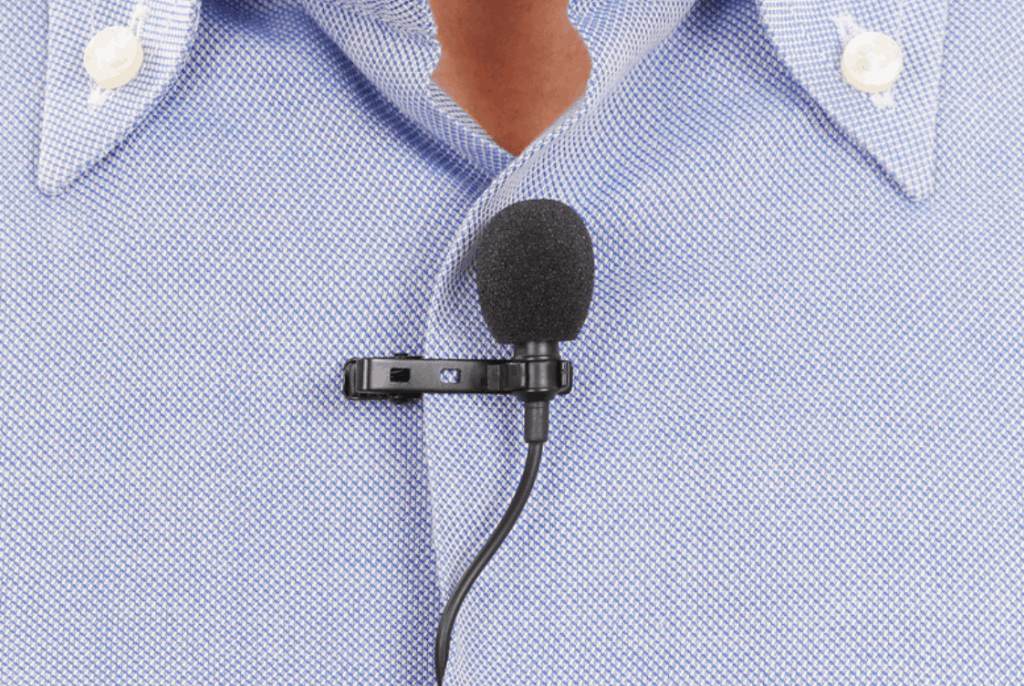
One of the main reasons why they’re the best microphones for YouTube is because of their small footprint and easy setup. Also most professional models won’t cost you as much as a common studio microphone.
So what are the best mics for YouTube?
Best Microphones for YouTube, Vlogging, Video Creators
Rode VideoMic Pro
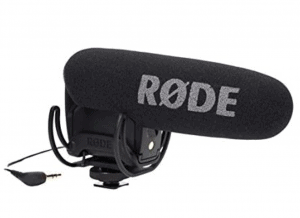
The 1/8” TRS connector helps to output signal to left and right camera/recorder channels. It also adds a Rycote Lyre shock-mount, which helps to isolate the rumbles caused by any vibrations.
Integrated shock-mounting and foam windscreen along with 3/8” thread camera shoe mount make boom-pole mounting easier. This is an ideal choice for those wanting to shoot travel vlogs, sports events, interviews, and footage on the go while minimizing background noise.
Pros:
- Long battery life
- Attachable to a boom
- Greater protection due to foam windscreen
- Excellent sound quality and rich tone in the 40Hz-20KHz range
- Capsule has high sensitivity
- Compact (150mm/6” length)
- Shock mount helps to minimize unwanted noise
Cons:
- Requires a windjammer outdoors, which costs more
Sennheiser MKE 400
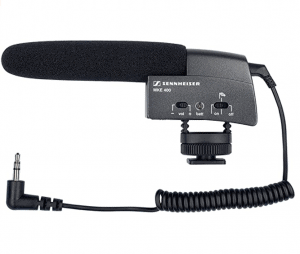
It is powered by a single AAA battery that can run for 300 hours. With a maximum SPL of 126 dB, it’s well suited for professional applications. The built-in shock mount helps to eliminate any noise from handling when you capture your video and audio.
Pros:
- Lightweight at just 60g
- Offers excellent mid to high range audio quality
- Has a well-constructed, rugged feel
- Long battery life
- Has noise rejection feature along with switchable sensitivity
- Built-in shock mount can eliminate noise from handling
- Produces clear and crisp recordings
Cons:
- It lacks bass response
- The frequency range lacks at the bottom end and time is needed to restore lower frequencies so that you can get rich, natural-sounding results
Rode Wireless Go
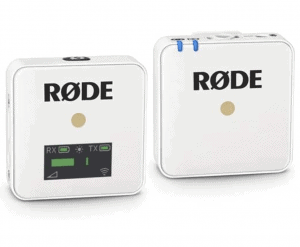
The batteries can last for up to 7 hours of use. It can be connected to a DLSR, smartphone, or any other camera.
It comes with SC2 right angle 3.5mm TRS coiled cable, a carry pouch, and 2 USB-C to USB-A cables. The frequency response range of this microphone is 50Hz to 20KHz. The mic output is -6dB and -12dB. Up to 8 such systems can be used at a given location as a clip on or belt pack transmitter. This is excellent for vlogging on the go and if you want to record movements of dancers, crafts people, or skaters as it can be attached easily to clothing.
Pros:
- Compact and lightweight (2.25 ounces)
- Allows for easy mounting onto clothes or your camera through a dual-mount clip
- Can function up to 70 meters, although it is primarily meant to operate in short ranges
- High-speed connection with the receiver and transmitter pairing in 3 seconds
Cons:
- It’s costlier when compared to wired options
Shure MV88+
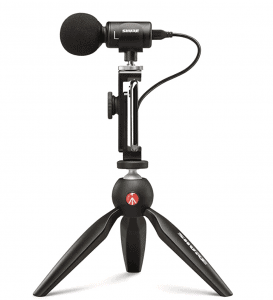
- USB C-cable
- Neoprene roll-up bag
- Phone clamp
- Lightning cable
- Shoe-mount mic clip
While a Manfrotto Pixi mini tripod is included, the Shure MV88+ shows compatibility with any tripod stand and not just the one it comes with. It also functions with IOS recording apps such as the camera app and GarageBand.
Pros:
- There’s a built-in headphone output with premium quality audio offered
- It has several stereo-width and polar patterns
- Comes equipped with its own accessories
- Can be recharged even when the mic is being used
- Compatibility with Android and iPhone devices
Cons:
- There are some Android devices that don’t show compatibility with this mic. They can’t power the mic or even support audio via USB.
Rode SmartLav
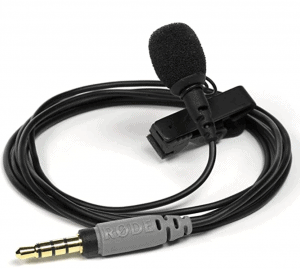
Despite how small it is, it has a frequency response range between 20Hz and 20kHz. It also has a maximum SPL of 110db. It’s a budget-friendly option, and setting it up is easy. All you have to do is put it on the subject and establish a connection to your tablet or smartphone before recording.
It also shows compatibility with audio apps that intake audio from headset inputs. It has a Kevlar reinforced cable and weighs just 0.01 lbs.
Pros:
- Budget-friendly
- It’s just 4.5mm in size and 0.01 lbs in weight
- It’s compatible with iOS and Android devices
- It includes a windshield mounting clip
- It comes with a 12-month warranty
Cons:
- Since it’s an omnidirectional condenser capsule, it tends to pick up additional sounds apart from just the subject’s voice.
Hopefully you have found the best microphones for YouTube. If this guide has helped you or you recommend another product please let us know! View our articles on picking the best vlogging cameras and what type of cameras YouTubers use.

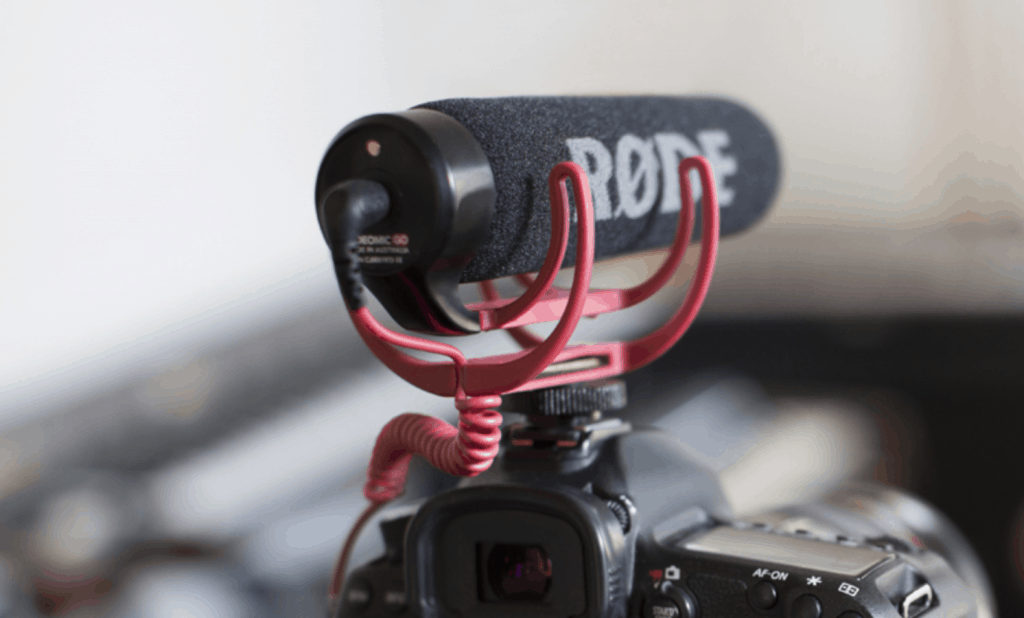
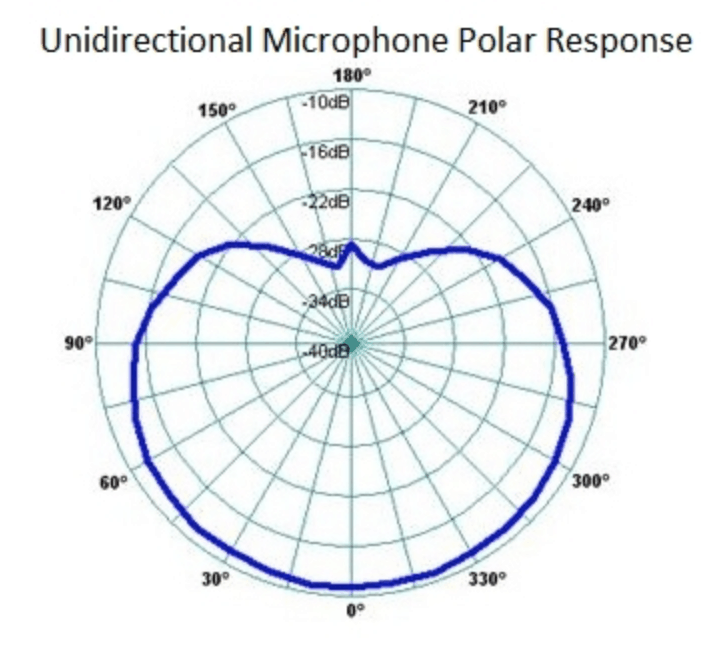
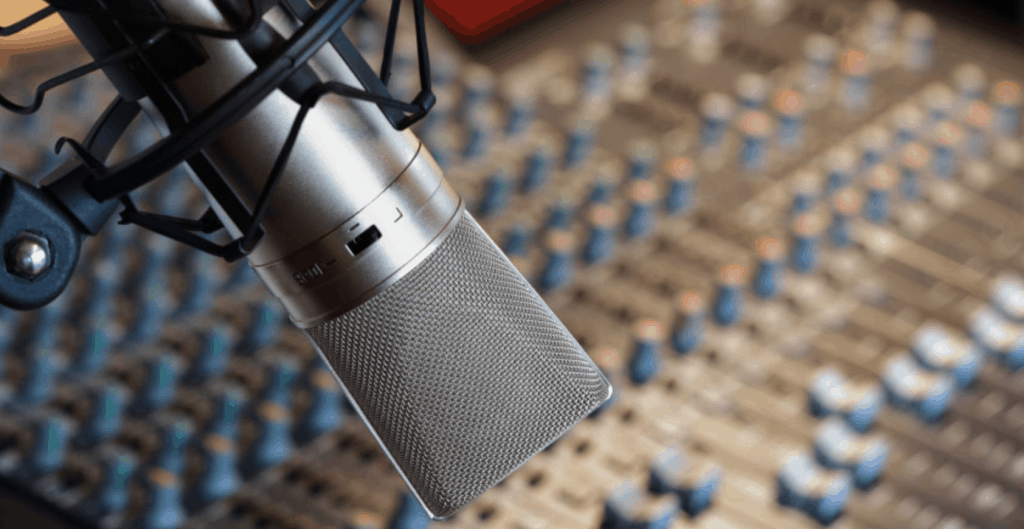
Bryan says
A microphone is the one needed in vlogging hence is more efficient at moving and is capable of capturing a range of high frequencies. And it is easy to use we can find better and good microphones in this Article. This is very helpful, Thankyou.